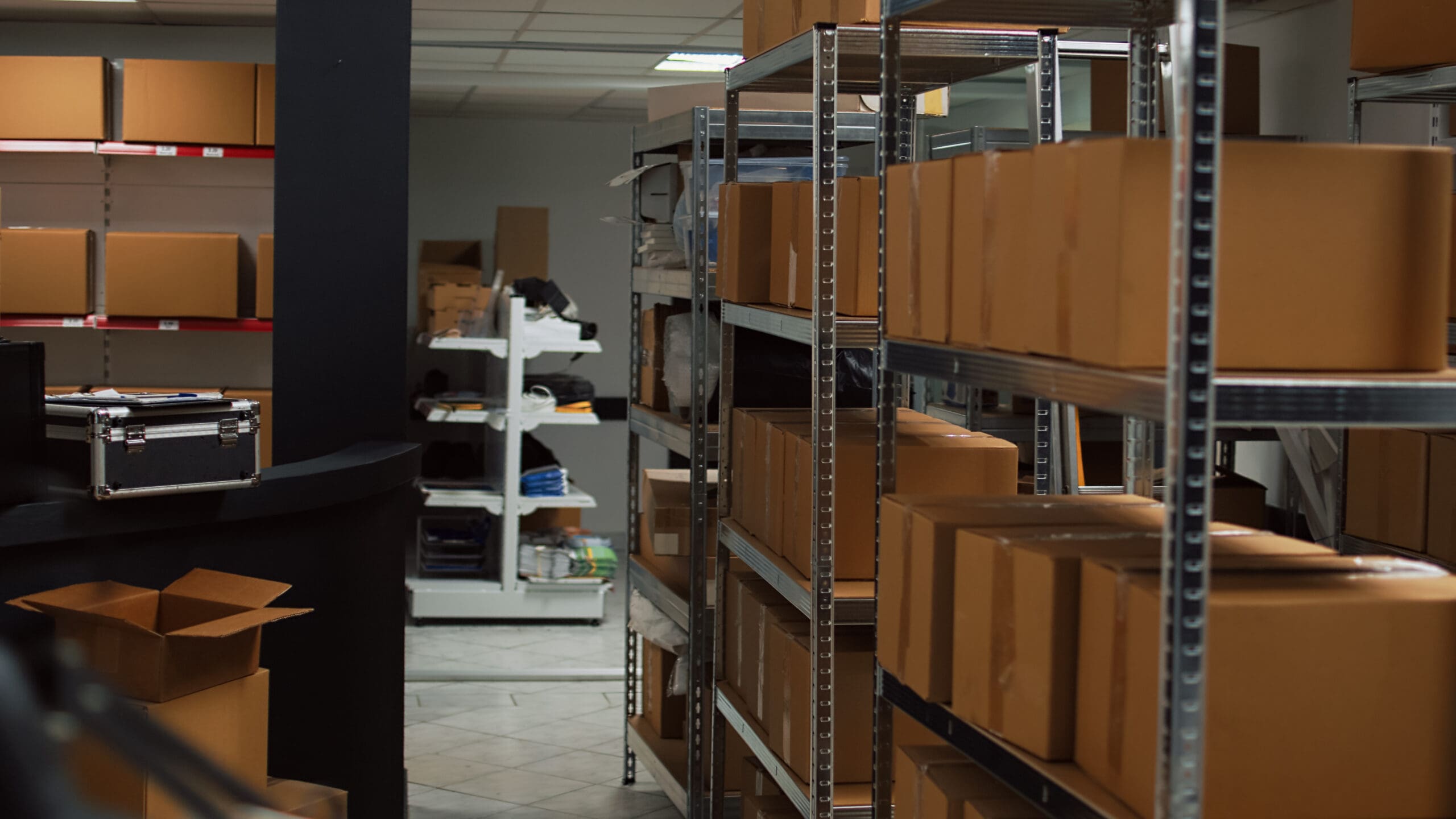It’s no secret that managing inventory is one of the most expensive aspects of running a business. More often than not, businesses that experience a sudden spike in demand also experience an increase in inventory costs. While it’s generally true that more demand means more profits, not a lot of people understand that it also drives up the cost of inventory.
From purchasing costs to carrying costs, we’re here to help you reduce your overall inventory spending to free up much-needed capital. After all, paying an exorbitant amount of money for storage isn’t a sustainable strategy regardless of the size of your business. But before anything else, what exactly is the cost of inventory?
What is the cost of inventory?
Inventory cost is an umbrella term that refers to the expenses related to ordering, holding, and storing unsold products. Having an understanding of your inventory costs enables you to optimize the amount of inventory to hold while also avoiding spoilage and obsolescence. The cost of inventory plays a vital role in the effective management of working capital and mitigates the risk of cash flow problems.
What are the types of inventory costs?
There are several costs associated with inventory management that affect a business’ overall budget. Generally, for accounting purposes, inventory costs are categorized into three main types: purchasing costs, holding costs, and shortage (or stock-out) costs. Let’s take a closer look at each of them below:
- Purchasing costs – Purchasing costs are fixed expenses that businesses incur when replenishing inventory. These costs typically include labor, legal, taxes and duties, logistics, and other clerical costs associated with placing an order with your supplier.
- Holding costs – Holding costs, also known as inventory carrying costs, are those associated with the storage of unsold goods. Product-based businesses should note that storage, management, insurance, and depreciation all affect the cost of holding inventory. The longer you store your inventory, the higher your holding costs will be.
- Shortage costs – As the name suggests, shortage costs are costs incurred when businesses run out of inventory. It is a form of lost income and expense associated whenever a stockout occurs. Product shortages may be the effect of inaccurate forecasting, inefficient suppliers, and/or ineffective logistics management.
We know what you’re thinking… it can’t be that simple, can it? The true cost of inventory involves a myriad of different factors that may cause your expenses to fluctuate. However, having an understanding of the costs involved in inventory management may allow you to better predict your costs and manage your cash flow more effectively.
How can you reduce the cost of inventory?
Small to medium-sized businesses experiencing rapid growth for the first time can easily get overwhelmed by the volume of orders that they are suddenly receiving. While generally a good thing, businesses experiencing an increase in demand may find it difficult to manage surging inventory management costs. To help you facilitate the cost of your inventory more efficiently, we compiled some of the best strategies to keep costs low without compromising your inventory performance. Check them out below!
Apply the right inventory forecasting method
Inventory forecasting is more than just educated guesswork. It is a method used by businesses to accurately predict the amount of inventory needed to satisfy future customer demand. Proper inventory forecasting takes historical data, past sales trends, and expert opinion from industry experts into account when making informed decisions about future inventory orders. There are two main types of inventory forecasting: qualitative and quantitative.
- Qualitative forecasting – Qualitative forecasting considers trends, seasonality, and the current market climate when forecasting inventory. This type of forecasting method is often characterized as subjective and is most useful in situations where data is unavailable or insufficient.
- Quantitative forecasting – On the other hand, quantitative forecasting involves the use of concrete data and specific numerical information to calculate future demand and determine patterns that may influence a product’s future sales performance.
If done properly, inventory forecasting can help businesses secure the right amount of stock to satisfy their customers and allocate enough funding to purchase additional inventory.
Reduce supplier lead time
Supplier lead time? What’s that? In inventory management, supplier lead time refers to the amount of time that it takes for a supplier to fulfill an order from when the order was received. Essentially, reducing supplier lead time means lowering the cost of inventory as you don’t have to hold large inventory quantities for a long period of time. Speeding up supplier lead times also makes it possible for businesses to reduce the size of their storage facility, therefore saving more money.
Know your reorder point
The reorder point, or ROP, is simply the threshold that businesses set to initiate stock replenishment. Setting a precise reorder point saves businesses money and allows them to avoid stockouts. Thanks to leaps in technology, you can now automate your reordering point using inventory management software.
Implement an excellent inventory management system
Accurate inventory management saves you money in the long run and enables you to fulfill customer demand regardless if it’s during slow or busy shopping seasons. One way to ensure that your inventory management processes are running smoothly is to use inventory management software for your business.
Having an excellent inventory management software helps businesses monitor their inventory levels using real-time updates across multiple sales channels. An inventory management software can also help businesses set automatic reordering points based on past sales data.
Get rid of obsolete stock
Wouldn’t it be amazing if your storage facility is filled with your bestsellers? Unfortunately, that’s not always the case. Having a realistic view of your inventory makes it easier for you to get rid of excess and/or obsolete stock so that you can free up valuable space occupied by poor-selling products. If you’re looking to get rid of obsolete stock, you can:
- Continue to hold on to it (and incur more storage expenses!)
- Sell it at a discount
- Return it to your supplier (if you still can)
- Donate it and enjoy tax deductions
Implement the Just-in-Time method
Among inventory management strategies, one popular technique is the JIT (Just-in-Time) method. JIT focuses on improving the efficiency of a business’ inventory while also reducing the waste associated with the production of goods. When using the JIT method, materials for production are ordered only after an order confirmation has been received. However, one big downside of the JIT method is that it leaves businesses vulnerable whenever there’s a sudden surge in demand.
Use consignment inventory
Consignment inventory is a great business strategy where vendors provide businesses with goods without the need to pay upfront. The consignor (vendor) maintains ownership of the products and the consignee (buyer) is only required to pay for the goods until after they are sold. The consignment approach enables businesses to maintain healthy cash flow and shift the inventory-carrying costs to the vendor. If you think consignment inventory is right for you and your business, try Kickfurther.
What is Kickfurther?
Kickfurther is the world’s first online inventory financing platform that enables companies to access funds that they are unable to acquire through traditional sources. We connect brands to a community of eager buyers who help fund the inventory on consignment and give brands the flexibility to pay that back as they receive cash from their sales. This alleviates the cash-flow pinch that lenders can cause without customized repayment schedules, allowing your brand to scale quickly without impeding your ability to maintain inventory or financial flexibility.
Final Thoughts: What is the best way to manage inventory?
Is there really a single best way to manage your inventory? The short answer is no, there isn’t. While it’s true that there are several strategies that you can use to better manage your inventory, it usually takes a combination of methods to achieve your desired outcome. One important thing to keep in mind is that maintaining optimal inventory levels differs from one business to another. The key to managing inventory successfully is to continuously monitor your key performance indicators and identify opportunities on how you can improve your operations.









